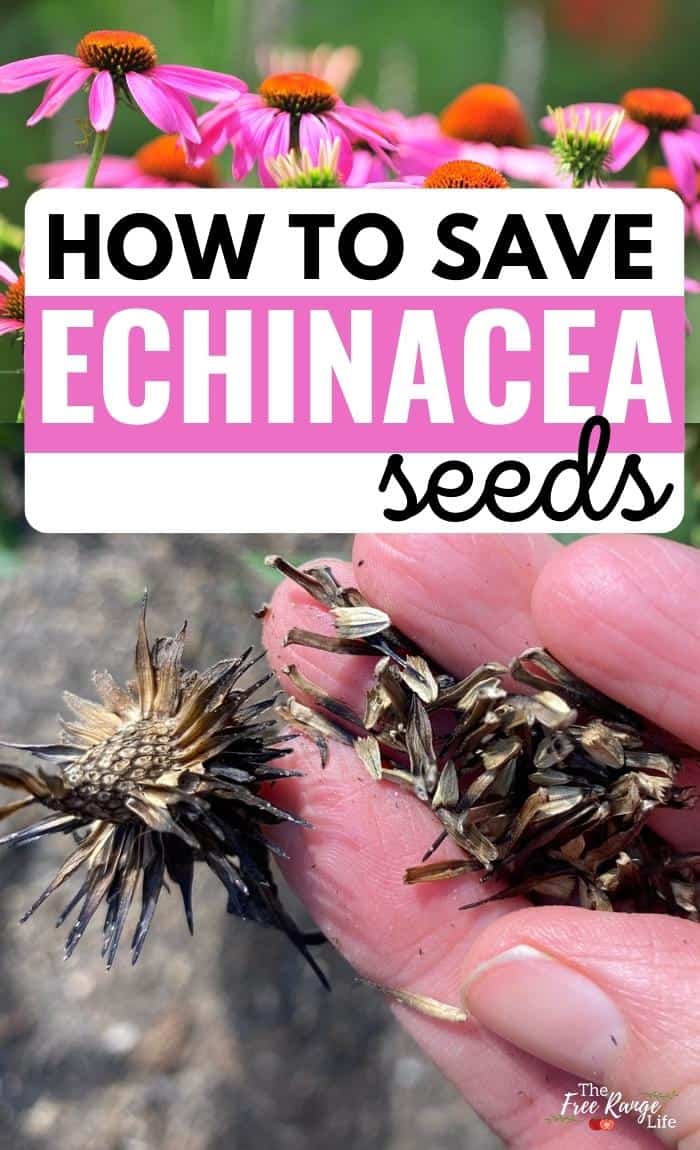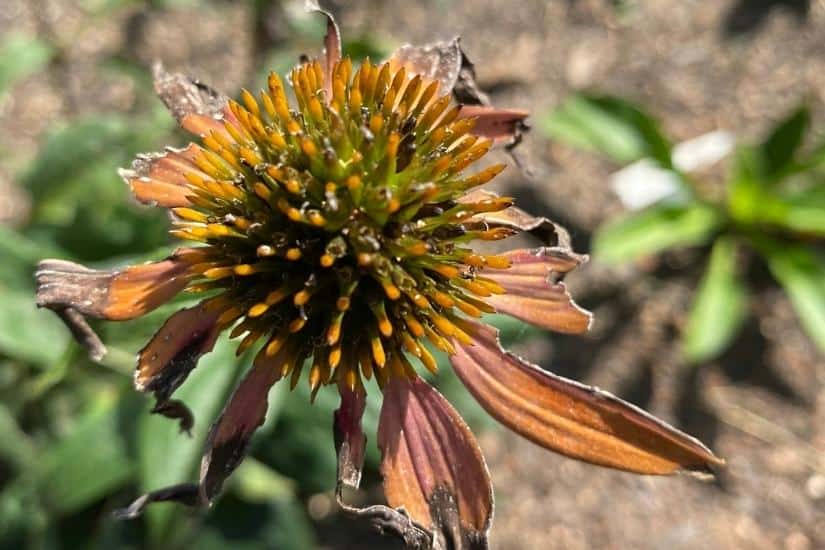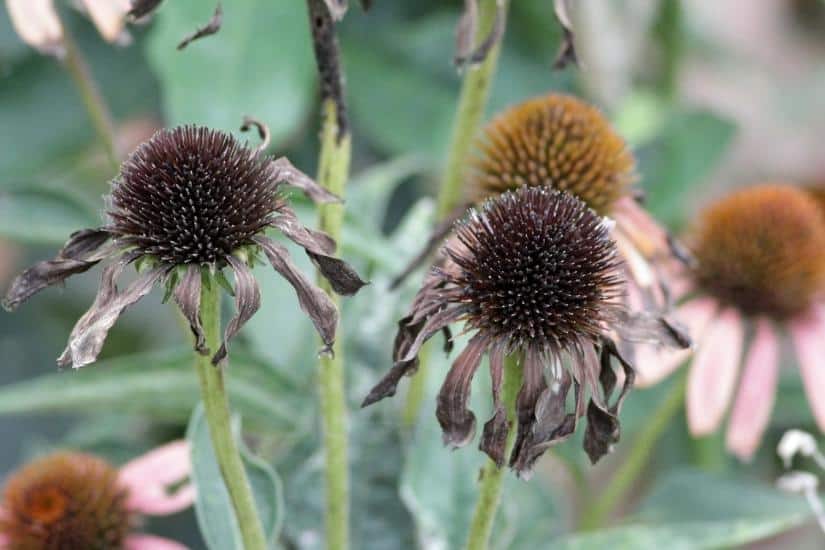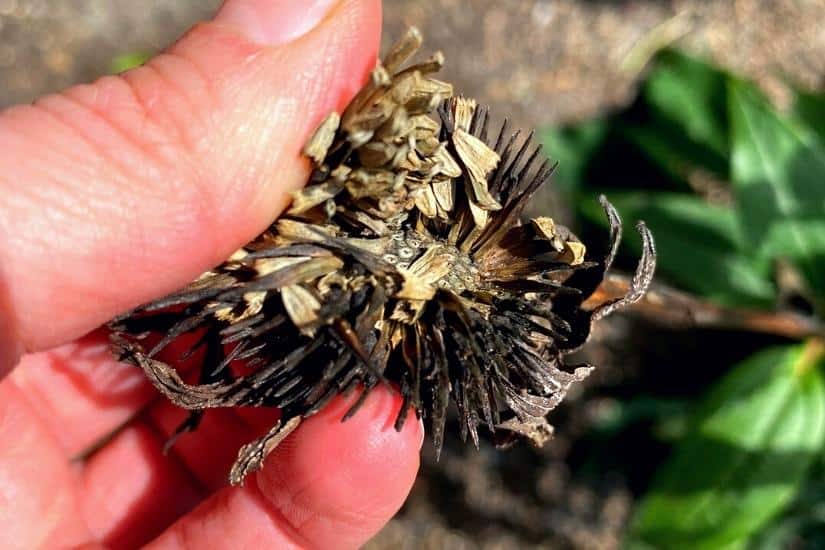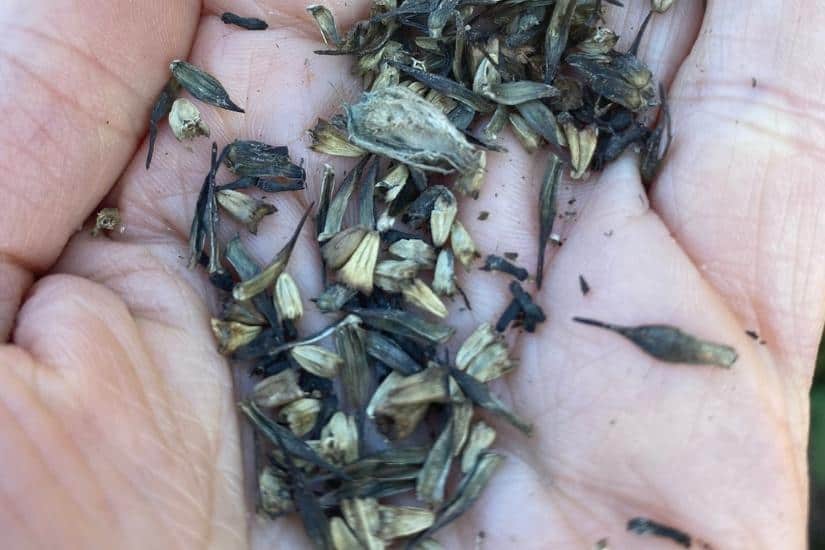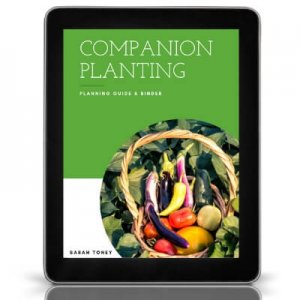Do you love planting echinacea in your flower garden? Never buy plants again by learning how to save echinacea seeds for next year!
Echinacea- also known as a coneflower, is one of my favorite flowers and herbs. They are beautiful flowers that are easy to grow, thrive in less than optimal conditions, and are tolerant of almost everything!
This site contains affiliate links. If you make a purchase using one of these links, I may earn a commission. Please see my disclosure page for more information about cookies collected and our privacy policy.
They also make a great companion plant in the vegetable garden because they help bring in beneficial insects and pollinators and are great for bringing more butterflies, birds, and bees to your yard.
Echinacea has a long blooming season- from late spring up until frost. They are most well known for tall, purple blooms, but flower breeders have been busy and you can now find coneflowers in all sorts of varieties!
These beautiful flowers grow in clumps and can grow 18-48 inches in height.
Echinacea is a perennial flower, meaning they will come back each year. They also go to seed very readily. While you can allow the seeds to drop and see if new ones will sprout the following spring, you can also save echinacea seeds to save and plant the following year- and expand your flower garden even more!
Learning how to save echinacea seeds will save you money- you’ll never have to buy flower seeds again! And you’ll get to plant so many more!
How to Save Echinacea Seeds for Later
Collecting and saving echinacea seeds is very easy and in just a couple of minutes you can have tons of seeds. Which will turn in to tons of flowers you can plant next year for free!
Here’s how to do it:
With many of the flowers I grow, such as calendula or zinnias, and of course, echinacea , I pick the blossoms as they grow or deadhead them after the blooms have faded. But when you are ready to collect seeds you will need to leave the flowers alone and allow them to dry and form the seed head.
The echinacea seeds will form on the flower head after the petals have dried.
At first it will look like this:
The above is an immature seed head. They are not ready for picking yet and are still quite green.
You want to wait until the flower head is completely brown and dry.
It will look like this when the echinacea seeds are ready to be collected:
When the seeds are fully mature they come off very easily. But be careful with coneflower seed heads because they are quite spiky!
At this point, simply snip off the dried flower heads whole- and save your fingers from being pricked!
Once you’ve collected all the echinacea dried flowers, you can choose to remove the seeds or leave them on the head for the time being.
To remove the seeds you can gently pull apart the seed head. If they flowers are newly dry they tend to be pretty spiky, meaning you might need gloves.
The longer the older the dried heads are, the less hold the seeds will have and they’ll come out much easier.
Alternatively, you can try putting the seed heads in a jar or plastic container with a lid and shake vigorously until the seeds come out.
There will be other plant materials and chaff in with the seeds, it’s up to you whether you want to separate out of the seeds or just store it all together.
I tend to leave the plant materials because it’s easier!
If you look at the picture below the small, lighter tan shapes are the seeds and the longer black shapes are the extra plant material.
Before storing it’s very important that the seeds are completely dry.
How to Store Saved Echinacea Seeds
Make sure the echinacea seeds are completely dry before storing, otherwise you might end up with mold in your jar which can ruin your entire seed collection!
If you aren’t certain the seeds are 100% dry you can keep them in an open container for a few days to allow them to dry before storing them.
It’s best to keep your dried echinacea seeds in an air tight container with an air tight lid. This prevents the seeds from collecting moisture from the air around them.
Mason jars are perfect for storing seeds!
Another option is to seal the dry seeds in a plastic Ziploc bag or a sealed envelope.
No matter which container you choose, be sure to label your container with the name of the seed and the year collected.
Seeds are best stored at a temperature of 30-40 degrees, so storing them in the refrigerator or freezer can work well to keep them dry and mold free, thus expanding their shelf life. You can also just store them where ever you store the rest of your garden seed collection!
If you don’t want to collect them, you can always leave the seeds on your coneflower plants and see if they will self seed the following spring. I usually do a little bit of both! Just make sure you have the space for new plants in your flower bed!
You may also like:

